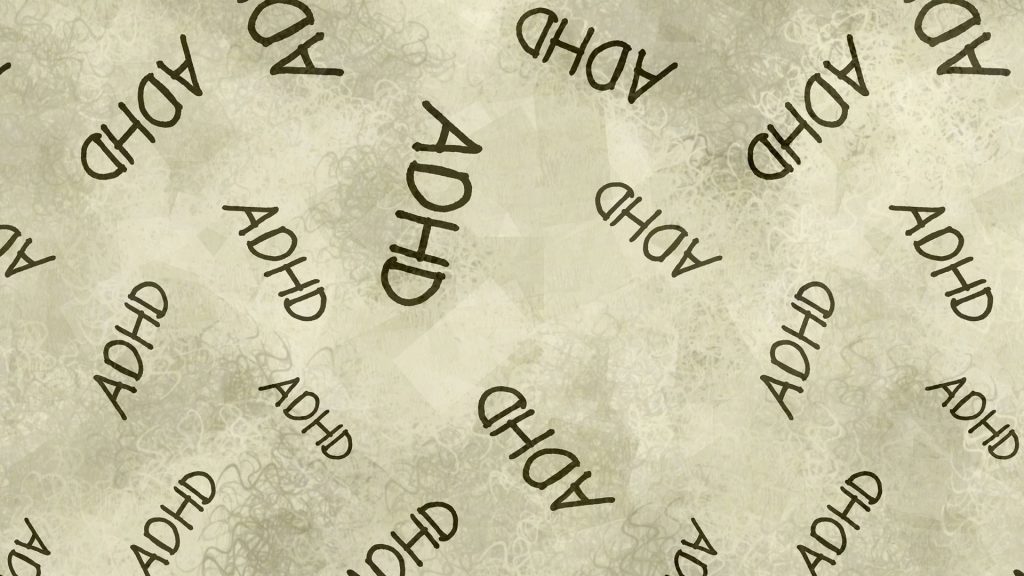
GENDER DIFFERENCES IN ADHD
18 April 2022
ADHD or Attention Deficit Hyperactivity Disorder is a neurodevelopmental
disorder (DSM-5), generally diagnosed for the first time in childhood (although
the diagnosis is increasing among adults), characterized by inattention,
impulsivity, and, in some cases, hyperactivity. Symptoms of hyperactivity, when
present, are almost always evident by the age of 7, although they may be present
in preschool children. Attention deficit may not be apparent until the child reaches
elementary school.
The three main types of ADHD include the following:
COMBINED TYPE
It is the most common type and is characterized by impulsive and hyperactive
behaviors, as well as inattention and distraction.
IMPULSIVE/HYPERACTIVE TYPE
It is the least common type and is characterized by impulsive and hyperactive
behaviors without inattention or distraction.
INATTENTIVE TYPE OR ADD
It is predominantly characterized by inattention and distraction without
hyperactivity.
Boys and girls can display very different ADD/ADHD symptoms, which may
explain why boys are three times more likely to be diagnosed with ADHD than
girls.
The symptoms of boys with ADHD are more obvious and external. On the
contrary, in girls, they are less evident, with less action and more isolation from
social situations and anxiety.
Boys with ADHD tend to display the symptoms most people think of when they
imagine ADHD:
- Impulsivity or bad behavior.
- Hyperactivity (running, hitting, inability to sit still).
- Lack of concentration, lack of attention.
- Physical aggression.
- Talking excessively, frequently interrupting other people’s conversations and
activities.
However, the symptoms in girls with ADHD are generally not the “typical” ones
and may not be as obvious as in boys. These symptoms include:
- Isolation.
- Low self-esteem.
- Anxiety.
- Problems in academic performance.
- Lack of attention or tendency to “daydream”.
- Trouble concentrating.
- Appearance of not listening.
- Being the target of verbal aggression, such as teasing or insults.
All this leads us to place a clear emphasis on the need to be clear about these
differences when considering a diagnosis and, in conclusion, we could state that:
- Girls tend to experience ADHD differently than boys.
- Girls are less likely to be hyperactive, with the inattentive type being the most
common; therefore, its symptoms may go unnoticed. - ADHD is just as common in boys as in girls, but it is diagnosed less often in
girls
Consult your nearest Hallin Mental Care center
Gibraltar (MidTown Clinic)
-
+350 2006 2222
-
gibraltar@hallinmentalcare.com
-
Retail Unit No 1, Ground Level Providence, Midtown, Queensway, Gibraltar, G11 1AA

If you prefer not to call us. Please feel free to use the provided contact form, fill in all the information you can, we will be in contact with you as soon as possible. Best regards.
| Schedule | |
|---|---|
| Monday - Friday | 9:00 - 21:00 |
| Saturday and Sunday | Emergency |


